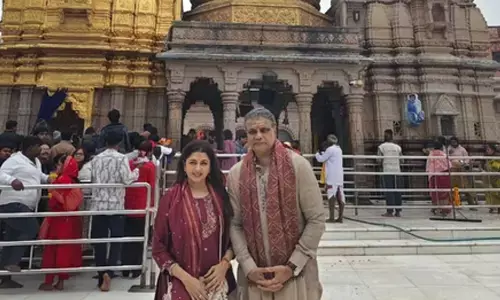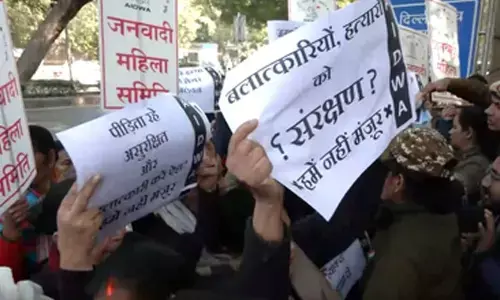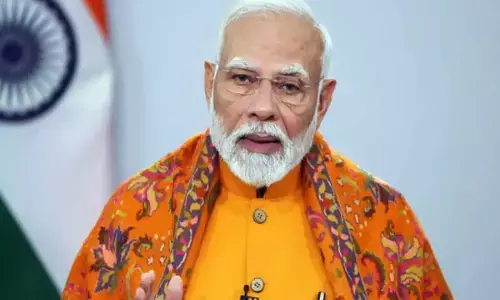Much talk, little action

Mens sana in corpore sano’ in Latin means a sound mind in a sound body i.e, the better the health, the greater the happiness. This applies to the state of a nation too. On the International Day of Happiness on March 20, India slipped four notches below its previous rank of 122 among 155 nations in the World Happiness Report 2017.
Mens sana in corpore sano’ in Latin means a sound mind in a sound body i.e, the better the health, the greater the happiness. This applies to the state of a nation too. On the International Day of Happiness on March 20, India slipped four notches below its previous rank of 122 among 155 nations in the World Happiness Report 2017.
If we juxtapose the just unveiled National Health Policy (NHP) 2017 with health outlay in Union Budget, it is crystal clear the government is high on targets and low on implementation. It targets obliteration of tropical diseases (kala azar, filariasis and leprosy) over the next two years; elimination of a vaccine-preventable disease (measles) by 2020, elimination of TB by 2025; and significant reduction of infant and maternal mortality rates.
Invariably, NHP appears to be a replication of the 2002 policy with rather high targets, given the poor outlays. For example, NHP targets infant mortality rate or IMR – infant deaths per 1,000 live births – is targeted to be 28 by 2019; the target in 2002 was 30 by 2010. Presently, IMR is at 37.
This calls for stronger and impeccable immunisation systems to curb IMR. But the reproductive and child health head which covers immunisation has just seen lower funding. It is just so in the case of maternity benefit and various other programmes. Because of low funds, maternity benefit is accorded only for first-borns. NHP, announced after Supreme Court prodding, moots raising public health expenditure to 2.5% of GDP from the current 1.2 per cent.
We may recall here last year the fastest growing economy was rated 143rd among 188 countries on a range of health indicators by a Lancet study. It is undeniable that India is plagued by poor hygiene and pollution-caused mortalities. It has the highest rate of deaths caused by chronic respiratory diseases. Multi-drug resistance and mysterious diseases are on the rise. India is short of nearly 5 lakh doctors, based on the WHO norm of 1 per 1,000 population.
It is also said that around 60% of government hospitals don’t have gynaecologists and 20% of sub-centres lack auxiliary nurse midwives. Raising the number of seats, curbing capitation fees, paying greater attention to rural health services etc., will go a long way in paving for better India.
Again, merely setting up new medical colleges and not boosting infra in old ones is unfortunate. The 5-year-old AIIMS Bhopal does not even have a blood bank and is yet to conduct surgeries. All these hurt poor the most. Present policies or programmes of Centre or States do not target lower out-of-pocket spending by them.
The health policy draft of 2015 called for right to health as a fundamental right and raising health spend to 2.5% by 2020. The government is silent on rights-based services and even extended the target to 2025. PM is also yet to keep his last I-Day promise of Rs 1 lakh protection against hospitalisation for the poor.
Manifestos are not expected to be pragmatic, but policies are. NHP at best is a perfunctory effort, with little action envisaged. As such, it is no surprising India figures among the last in a list of happy nations.

















